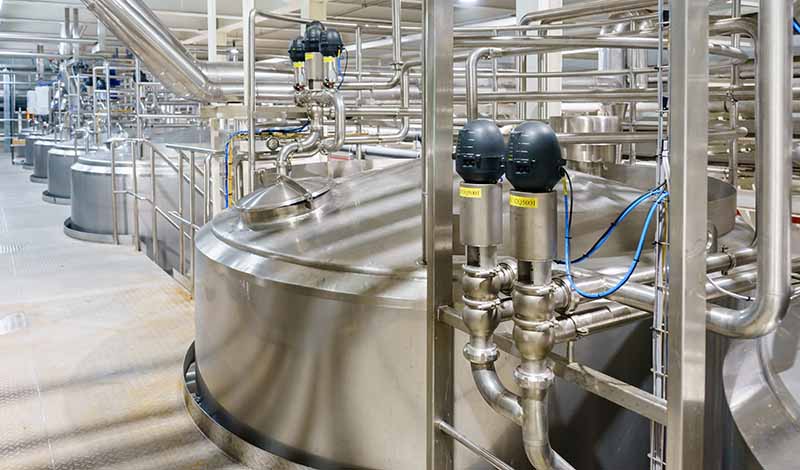
In today’s ever-changing world, treating disease is a constant goal that requires a careful balance of science, innovation, and technology. As such, the pharmaceutical manufacturing industry has played a crucial role in enabling the development and production of responsive drugs that enhance and prolong human life.
Central to this is data analytics, which has provided unprecedented insights into the complex molecular interactions involved in treating a wide range of diseases.
Quality control and drug delivery systems have also become key trends, helping to ensure that products are safe and effective.
Finally, clinical trials and expanding product lines continue to drive growth in the pharma industry, suggesting that the right processing systems and solutions will be vital in taking this essential field to the next level.
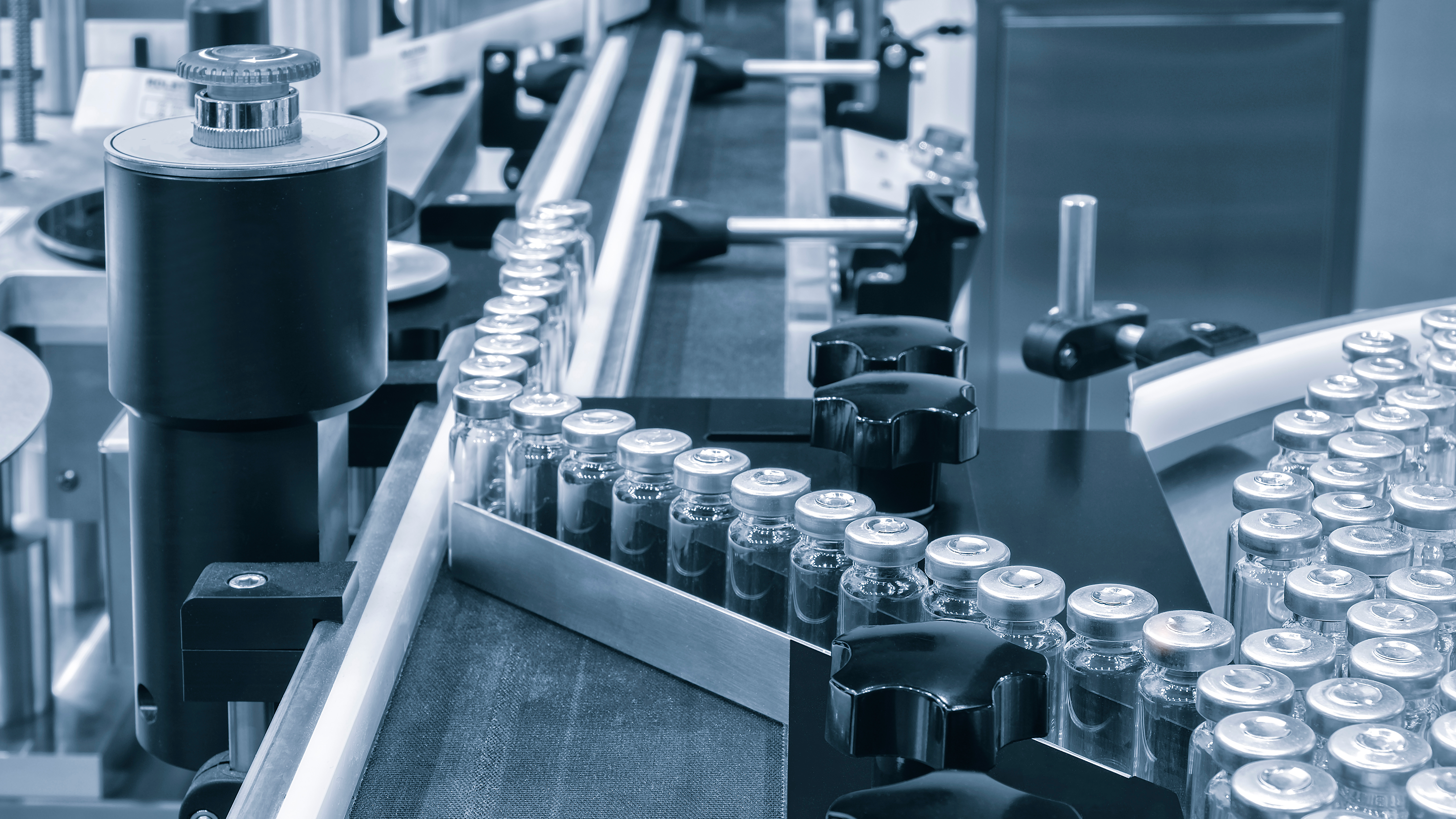
The pharmaceutical industry is going through a period of steady and sustained growth, with total worldwide pharma revenue reaching $1.42 trillion in 2021.
The United States currently takes the top spot when it comes to markets, making more than $600 billion in 2022 alone, while other key established markets include Europe, Canada, Japan, and Australia.
Besides these developed markets, it’s worth noting emerging markets like India, China, Russia, and Brazil are currently showing the most rapid spikes in pharmaceutical sales. In fact, a recent report by IQVIA says that Africa, Asia, and Latin America will see the most significant growth in the period up to 2027, while it slows in North America and Europe.
1
The report also identifies drivers for this growth. To start with, quite simply the use of medicine has been growing steadily over the past decade, though it’s set to slow through to 2027. A key reason for this is that access is opening up, notably in the quoted emerging markets, and populations are growing too.
The IQVIA report also identifies some noteworthy trends — for example, the Covid-19 pandemic has had a dual impact on the pharmaceutical industry. While newly developed vaccines have boosted pharma manufacturing, demand for other types of drugs has lagged, although it’s expected to rally in the coming months and years.
The report goes on to say that spending on specialty medicine is an important area of growth, set to represent 56% of overall spending in developed markets in 2027. This includes drugs to treat cancer, including new and innovative products, and therapies for more unusual neurological conditions, migraines, and Alzheimer’s disease.
2
Now is also the era of biopharmaceuticals — therapies created from living organisms or cells using innovative methods. Examples include gene and cell therapies. These drugs have the ability to provide targeted treatments, allowing precise solutions to specific problems.
Fortune Business Insights says that the global biopharmaceutical market is expected to attain $26.49 billion in 2028, illustrating its exponential growth.
No overview of trends is complete without acknowledging artificial intelligence (AI). In pharma manufacturing, it helps create an improved product by identifying diseases and selecting targeted therapies.
AI also plays a vital role in quality assurance, detecting equipment faults and monitoring product quality. And by processing large volumes of data, it can even pinpoint themes to enable continuous, innovative improvement.
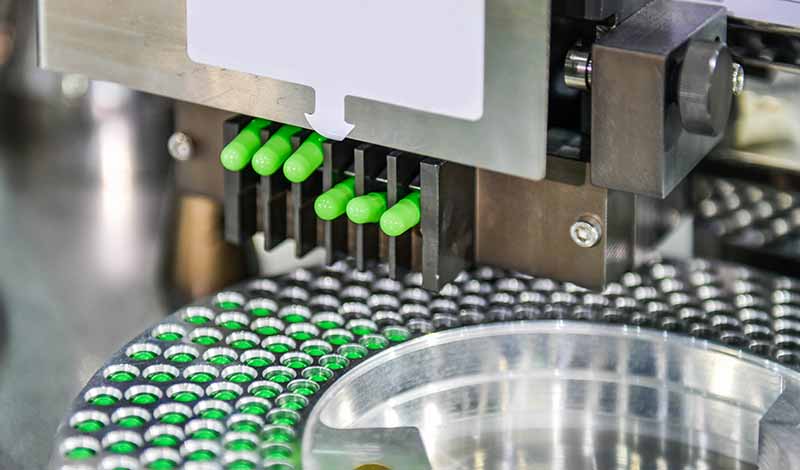
To get a complete picture of the pharmaceutical industry today, let’s take a look at the manufacturing process, step-by-step:
Clearly, this process is a finely balanced one, requiring excellence and precision from its equipment, processes, and quality assurance system — we’re going to look at how to optimize manufacturing for a consistently reliable and quality product in the next section.
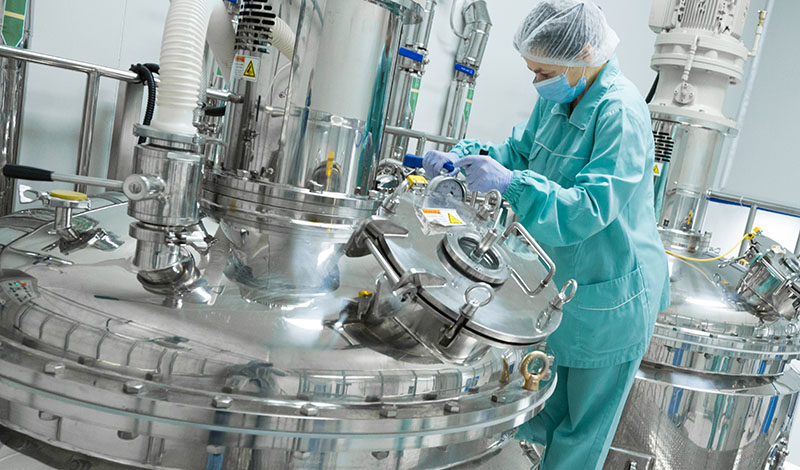
It’s clear that this strong and growing sector requires robust drug manufacturing processes that include the highest level of quality assurance to take it to the next level.
That’s where PEC comes in — our business provides custom solutions for the drug manufacturing process. Custom because no two clients are the same, and each has their own individual challenges, goals, and expectations.
There’s a common goal though. All our pharmaceutical manufacturing automation solutions are designed to increase quality and efficiency while reducing costs, addressing human error, and ensuring that health and safety protocols are maintained in the process.
How do we do this? By providing cutting-edge process automation systems that perform many tasks not just accurately but smartly. So key tasks like mixing, weighing packaging, and handling are carried out consistently and accurately, cutting out the risk of human error.
Our pharmaceutical automation systems also include sensors to provide essential data, enabling continuous assessment and improvement of the product.
This data forms an essential part of our maintenance services too, so we know when to schedule tasks to minimize interruptions and downtime, ensuring equipment works efficiently and productivity is high.
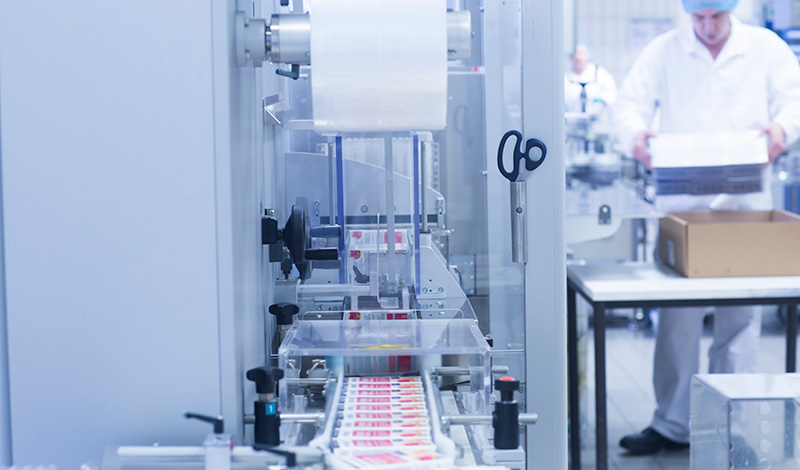
It’s clear that the pharmaceutical manufacturing sector is experiencing a time of rapid growth and expansion.
This calls for more responsive and customized solutions to keep pace with progress.
That’s exactly our mission at PEC, dedicating every resource to provide the most advanced, cost-effective, and consistently excellent and safe solutions for manufacturing companies, including the pharma industry.
Learn more about how we can help grow your business by scheduling a consultation today.
Diverse Industries, One Trusted Partner
Safety means more than compliance; it’s our covenant with you.







Whether you’re coordinating your next project or proactively planning your plant maintenance, there’s no better time than right now to contact us.